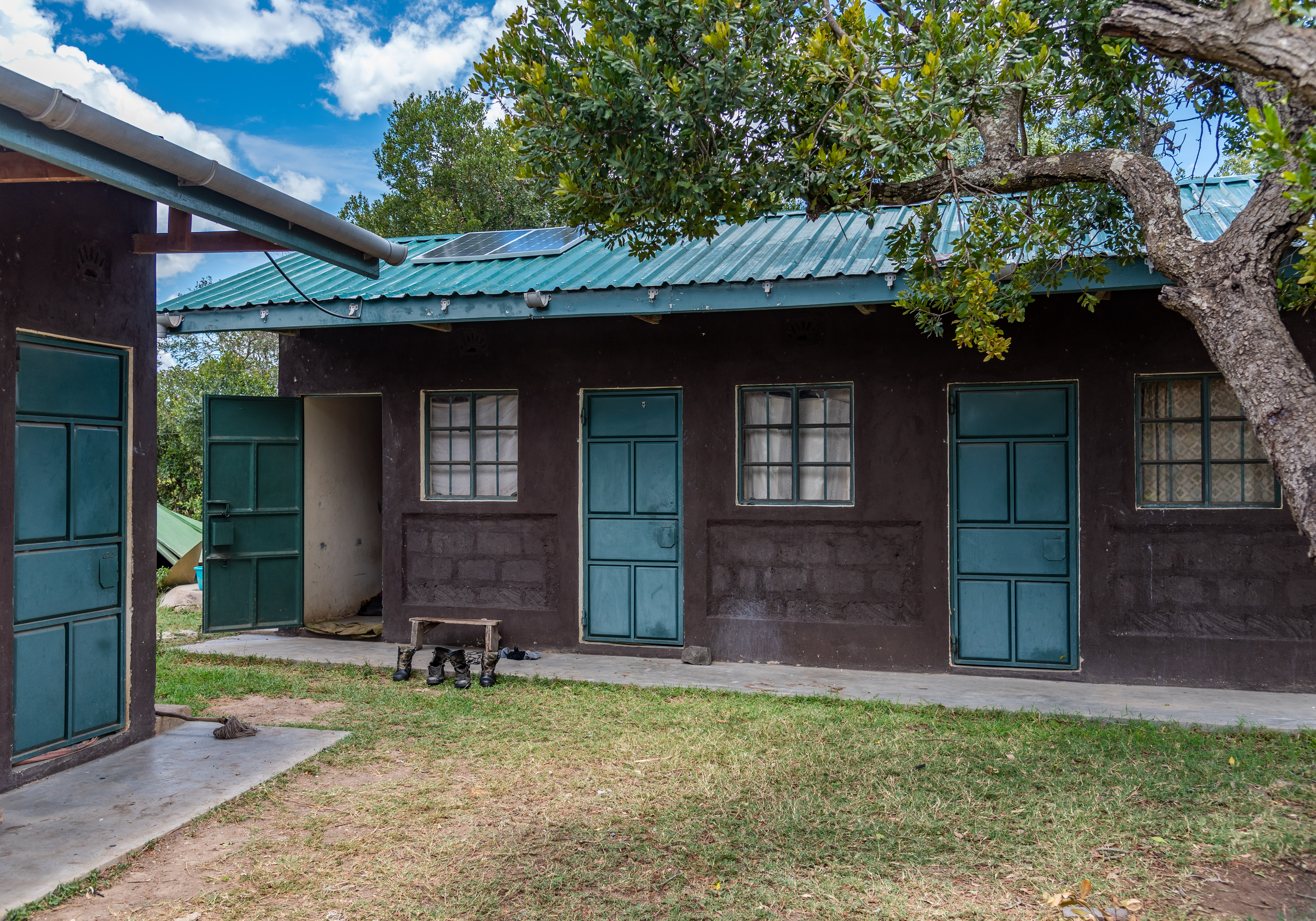Good Relations with the Mandated Management Institution of the MPA
Open Discussions Between the MPA Warden and WWF-Kenya Staff
WWF-Kenya
Initial Planning Meeting Between Partners
WWF-Kenya
Final MPA Staff Training and Mentorship Planning Session
WWF-Kenya
The management of the Kisite Mpunguti MPA is mandated to the Kenya Wildlife Service and the Wildlife Research and Training Institute. It was therefore critical to have buy-in from the managers of these institutions in the implementation of project activities including WIO-COMPAS. This ensured the endorsement of the WIO-COMPAS programme and its subsequent recognition for career development.
For this reason, the two institutions were included in the process from inception to completion. This ensured the MPA staff that this venture would add value, at individual levels, to their careers, and not just to the MPA management. This was crucial, as the WIO-COMPAS assessment preparation process is quite daunting, and a motivating factor is necessary to ensure their participation.
Long-standing history with the management institutions: WWF-Kenya has long-standing good relations with the two institutions, having worked closely together on multiple projects over decades. Additionally, a Memorandum of Understanding is in place with the institutions because of this, making interactions seamless and cooperative. However, where such a history is not in place, good relations can still be fostered by establishing goodwill and through open and transparent collaboration.
Identify a point-person: Though good relations may exist at higher management levels, it is necessary to have a point person at the MPA level to assist in overall planning and staff mobilization. It is an added bonus if that person has the expertise needed to assist in either the training phase, mentorship phase, or both. Where necessary, multiple point persons may be selected. For the case of the Kisite Mpunguti MPA, two staff were selected, including the warden from KWS and the Senior Researcher from WRTI, where both had expertise on the WIO-COMPAS programme.
Criteria for point-person selection: A criteria for the selection of the point person(s) is necessary to ensure smooth implementation. These include:
- Availablility and accessibility throughout the planning, training, mentorship phases of this capacity building
- Shown interest in the WIO-COMPAS programme
- Willingness to assist throughout the process.
Other criteria may be established at this point based on the local context.
